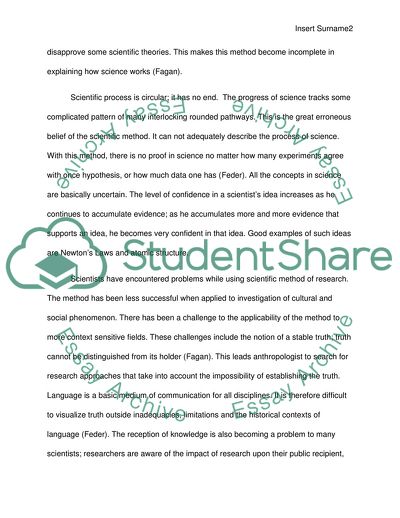Cite this document
(Anthropology: Reconstructing Lost Civilizations Assignment, n.d.)
Anthropology: Reconstructing Lost Civilizations Assignment. Retrieved from https://studentshare.org/anthropology/1727503-answer-questions-anthropology-reconstructing-lost-civilizations
Anthropology: Reconstructing Lost Civilizations Assignment. Retrieved from https://studentshare.org/anthropology/1727503-answer-questions-anthropology-reconstructing-lost-civilizations
(Anthropology: Reconstructing Lost Civilizations Assignment)
Anthropology: Reconstructing Lost Civilizations Assignment. https://studentshare.org/anthropology/1727503-answer-questions-anthropology-reconstructing-lost-civilizations.
Anthropology: Reconstructing Lost Civilizations Assignment. https://studentshare.org/anthropology/1727503-answer-questions-anthropology-reconstructing-lost-civilizations.
“Anthropology: Reconstructing Lost Civilizations Assignment”. https://studentshare.org/anthropology/1727503-answer-questions-anthropology-reconstructing-lost-civilizations.


